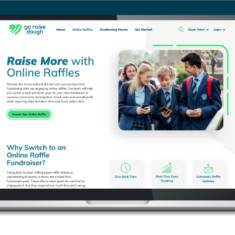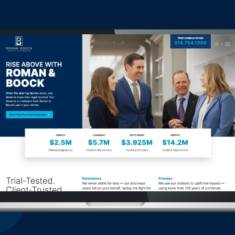Ask Yourself: Who Cares?
02.26.19
Let’s start with a reality check. No matter how great your product or service is, there are some–even tons!–of people who aren’t interested. And that’s good news. No business can afford to target everyone. Even the Apples and Amazons of the world have target audiences mapped out on a whiteboard somewhere. Instead of saying, “We want to target anyone who is interested,” start defining your own niche audience. Here’s how.
Analyze your current customers.
It’s easy to get lost in brainstorming who *should* buy your product or service, rather than looking at who *is*. Think about your audience and look for commonalities in their demographics. If your business uses a CRM or marketing automation tool, like Salesforce or SharpSpring, then you should have a lot of data on hand to analyze.
Learn who they are.
Once you’ve taken a good look at your current audience, it’s time to start thinking about who you want to attract moving forward. Ask yourself, who really benefits from your product or service? Who is most likely to buy it? You’re looking for basic information here, like:
- Age
- Gender
- Occupation
- Location
- Income level
- And so on…
Get in their head.
This is where things get creative. You can’t market to someone based solely on the fact that they are a 34-year-old, middle-class female in Ohio. You need to know about her personality, where she is in life, what she’s thinking and how your company is positioned to solve a need you know she has. These are called psychographics and they give valuable context to your message. Examples include:
- Lifestyle
- Personal values
- Hobbies & interests
- Spending habits
Connect with them.
By now, you should have a solid picture of who you’re targeting and why you’re targeting them. Now the question becomes: how do you grab their attention? And again, this is where you need a little creativity. Think about what makes your audience tick and how you can align that with what your company offers to create a compelling, cohesive message. Audience and message go hand in hand: you have to say the right things to the right people, or you’ll become background noise.
Defining a target audience isn’t about excluding those who don’t fit a certain mold–it’s about making sure you include those who do. A well-researched and well-targeted audience will create the lasting impressions every brand hopes to make. Let’s get you there. Our team of storytellers and strategists love helping brands find and share their stories.


